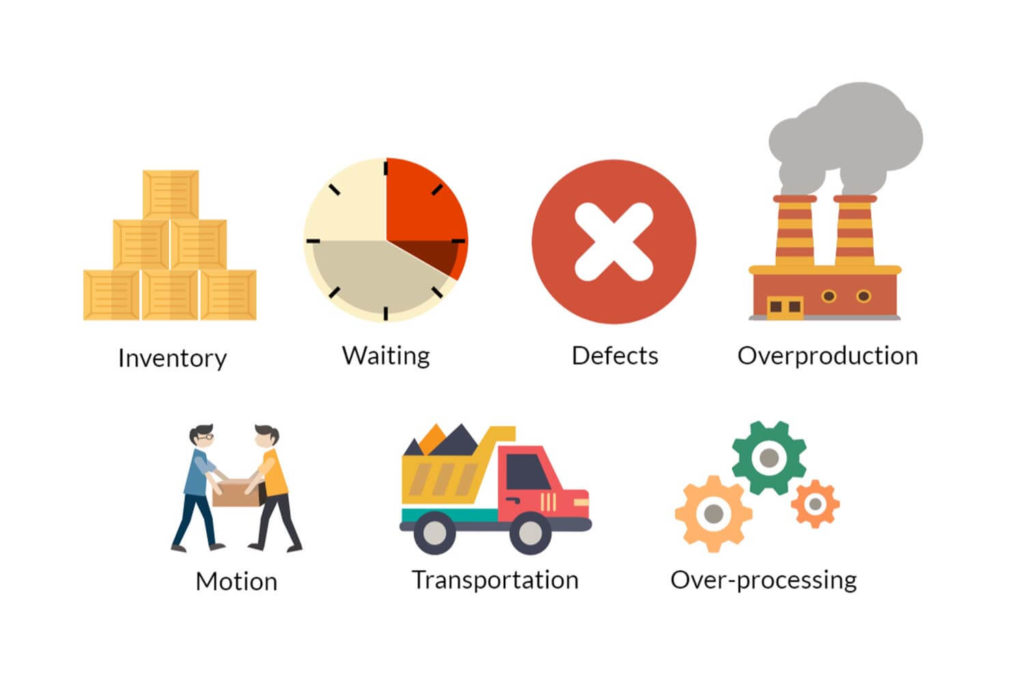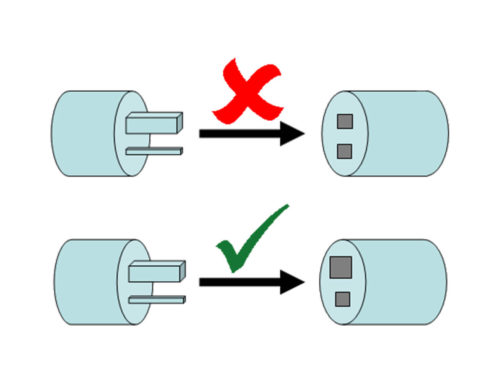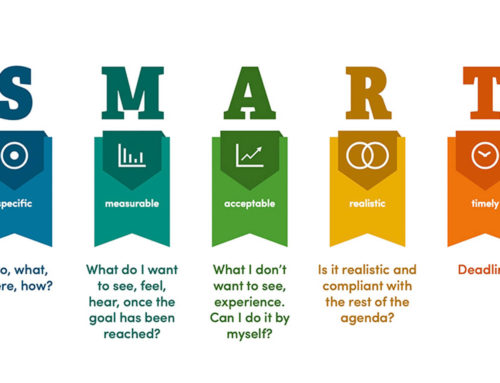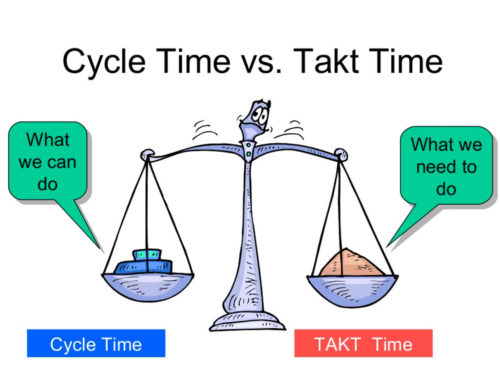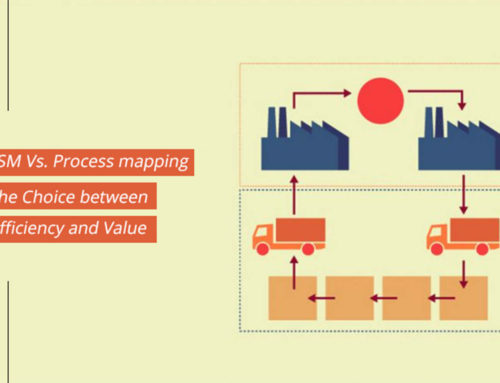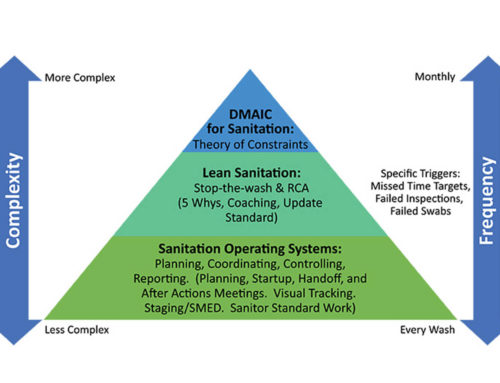What is Waste?
Waste is defined as any production-activity, which utilizes resources but does not add any value for the customer. Since these ‘wastes’ add to the cost of products, they either reduce the profit that manufacturer makes or inflate the price, which is at customer’s expenditure.
 In general, customers are not willing to pay for these activities because they do not benefit from them. Therefore, eliminating waste lends a greater opportunity for businesses in order to cut costs and improve efficiency. Usually, we refer to seven types of Wastes. These include: transportation, inventory, motion, waiting, over processing, overproduction, and defects.
In general, customers are not willing to pay for these activities because they do not benefit from them. Therefore, eliminating waste lends a greater opportunity for businesses in order to cut costs and improve efficiency. Usually, we refer to seven types of Wastes. These include: transportation, inventory, motion, waiting, over processing, overproduction, and defects.
Elimination of these seven kinds of waste could help companies reduce costs, increase employee engagement, customers’ happiness, and increase in profits.
| Type of waste | Example | What to do |
| Transportation |
|
|
| Inventory |
|
|
| Motion |
|
|
| Waiting |
|
|
| Over processing |
|
|
| Overproduction |
|
|
| Defects |
|
|
